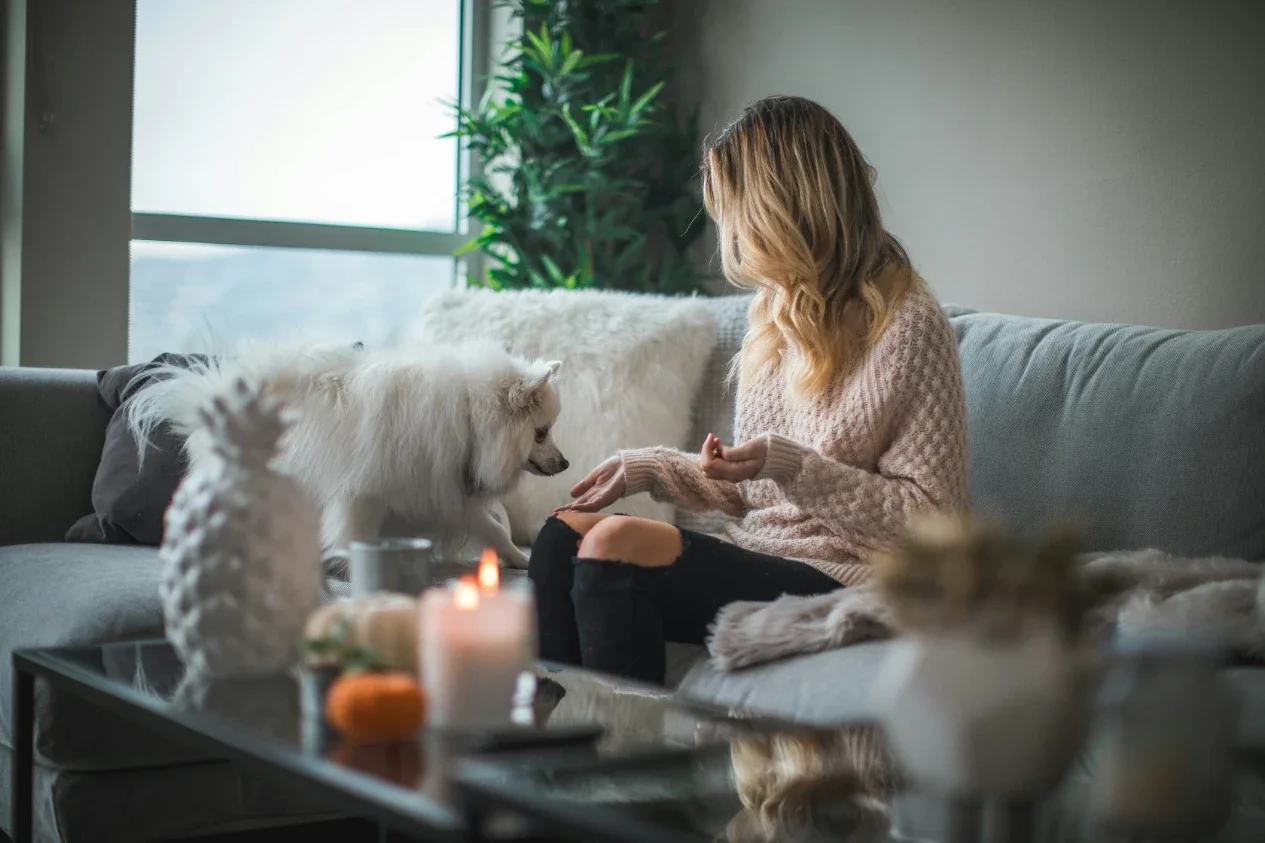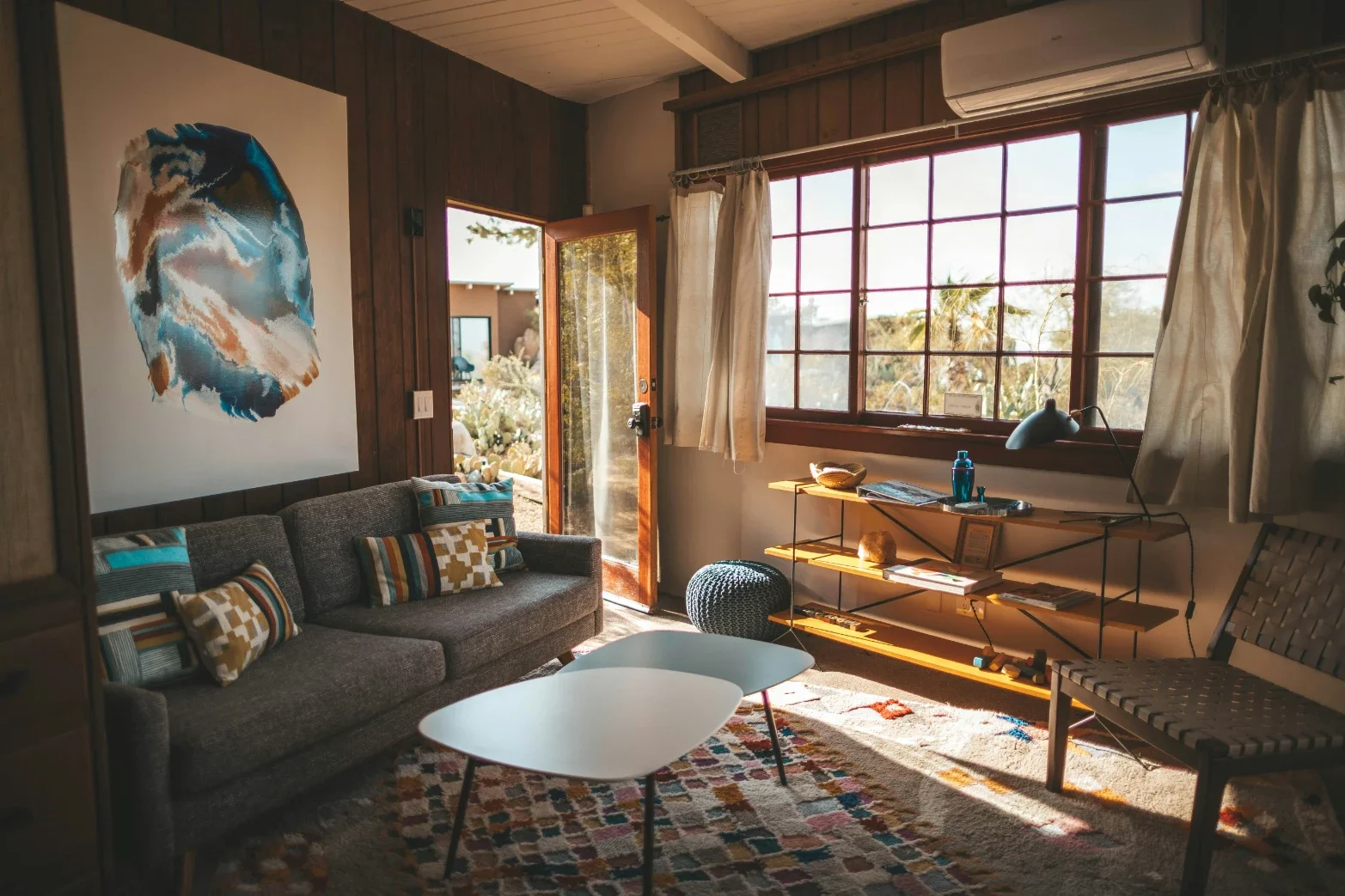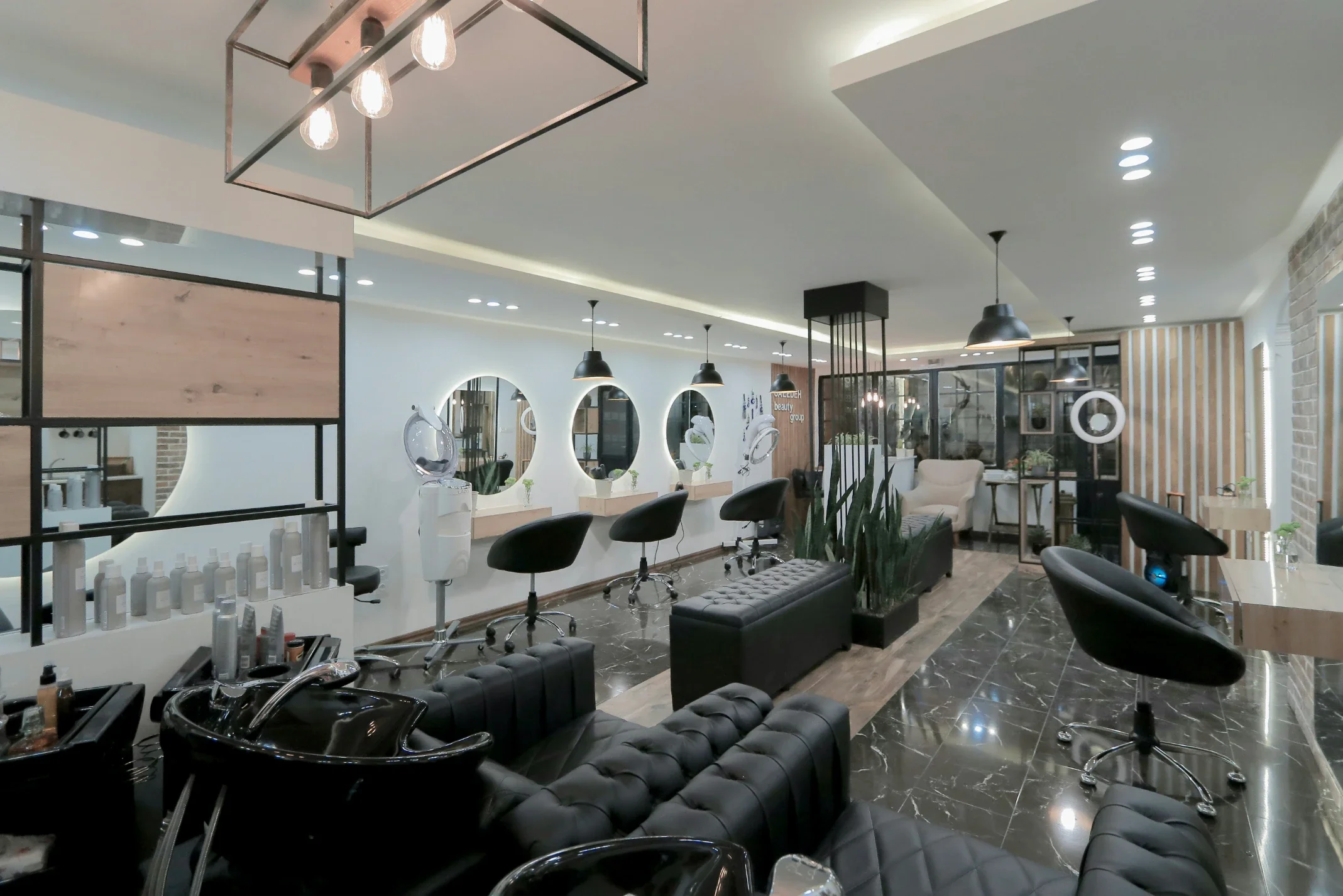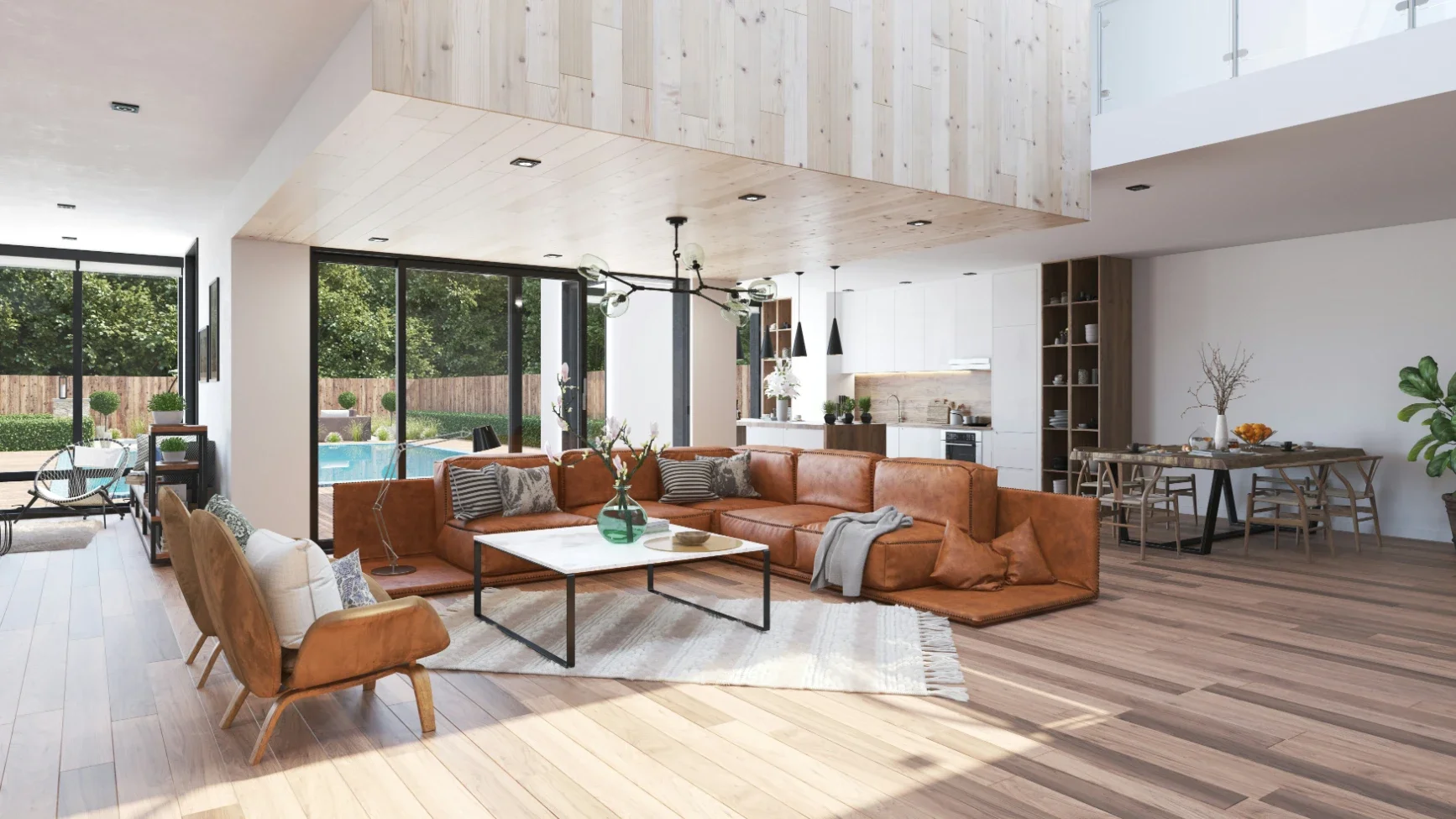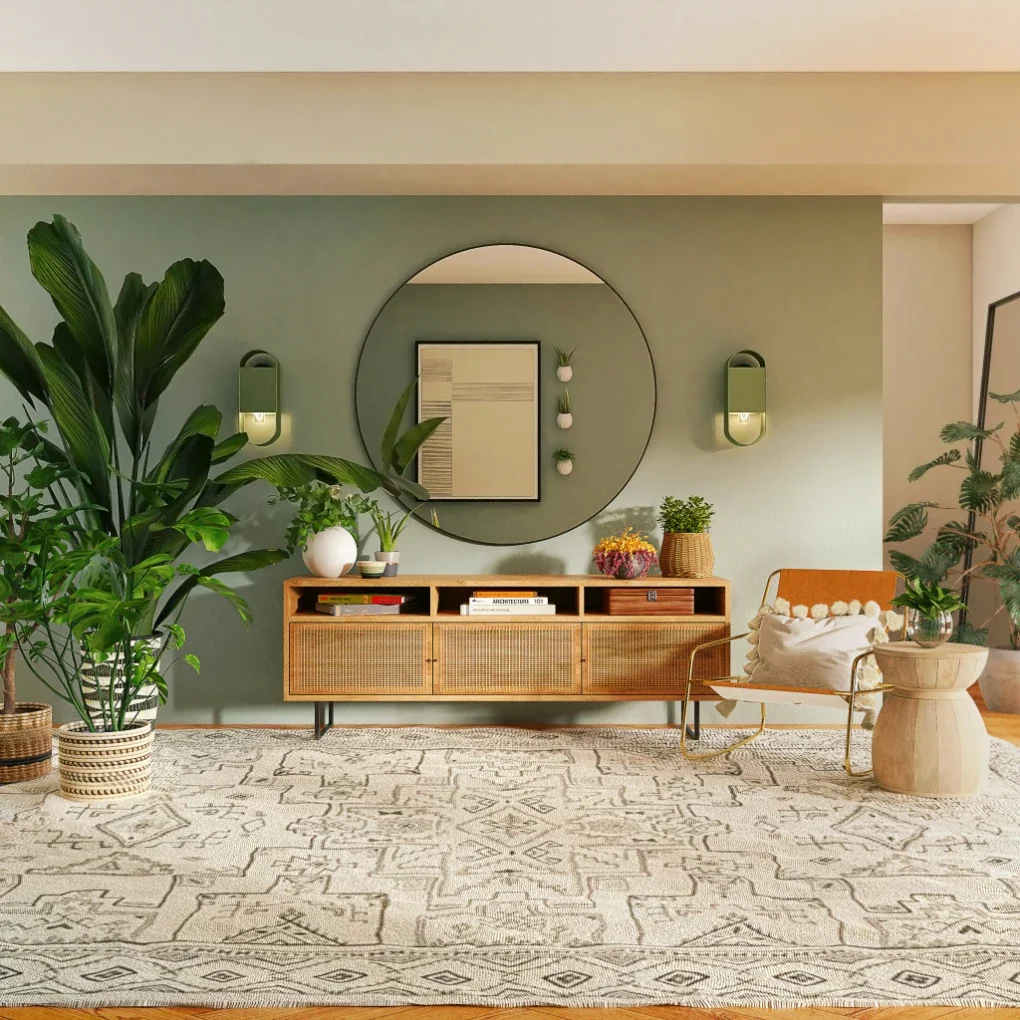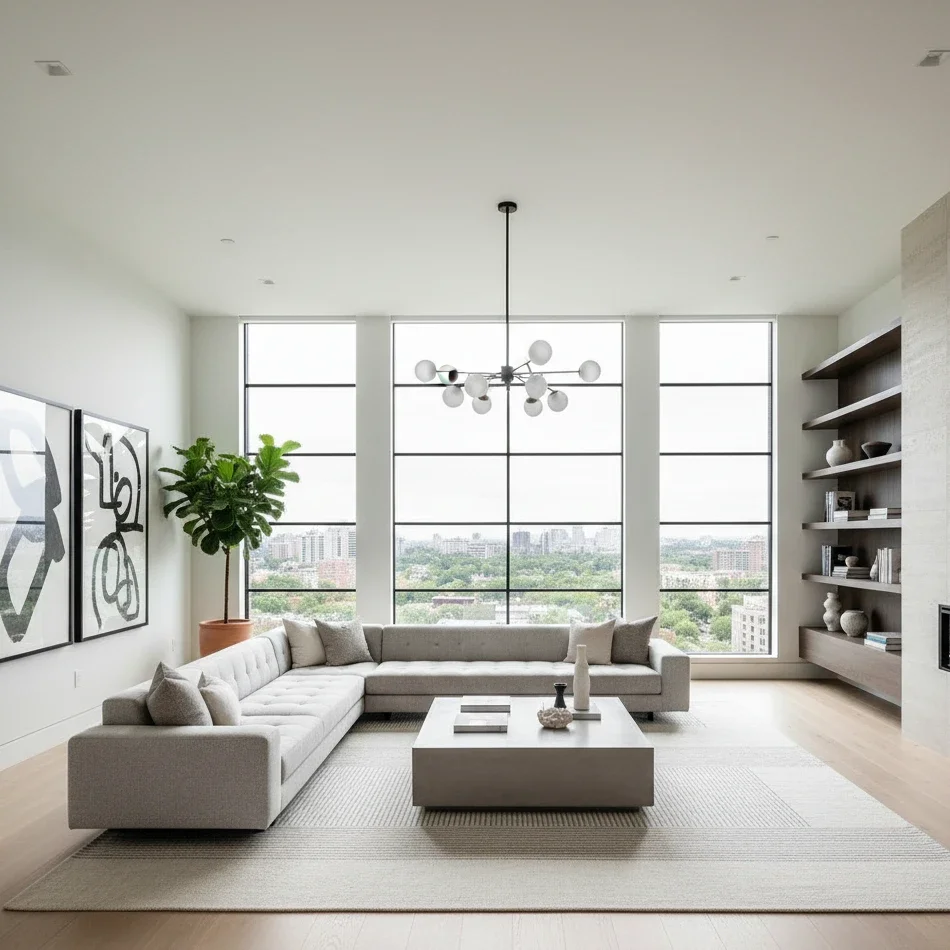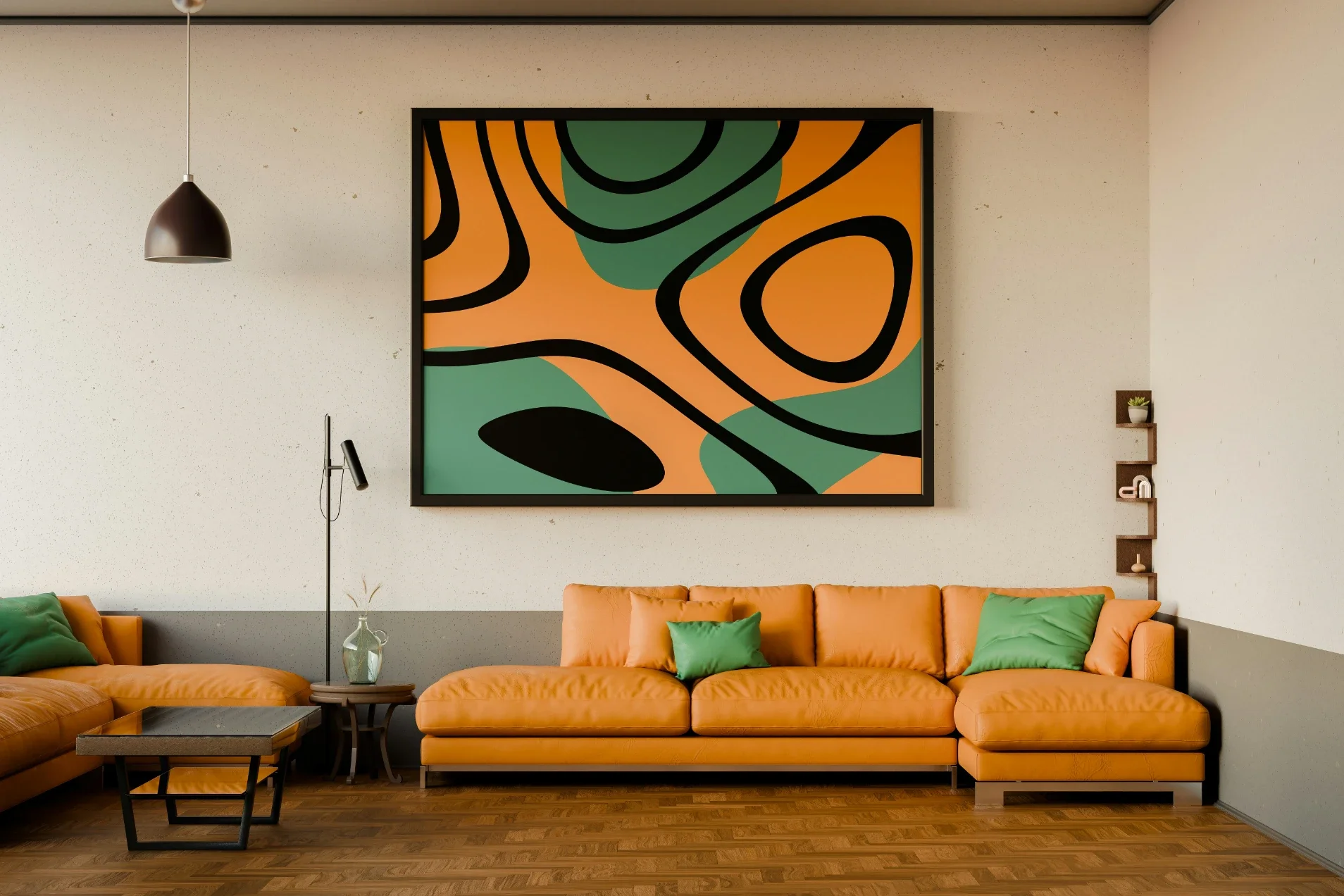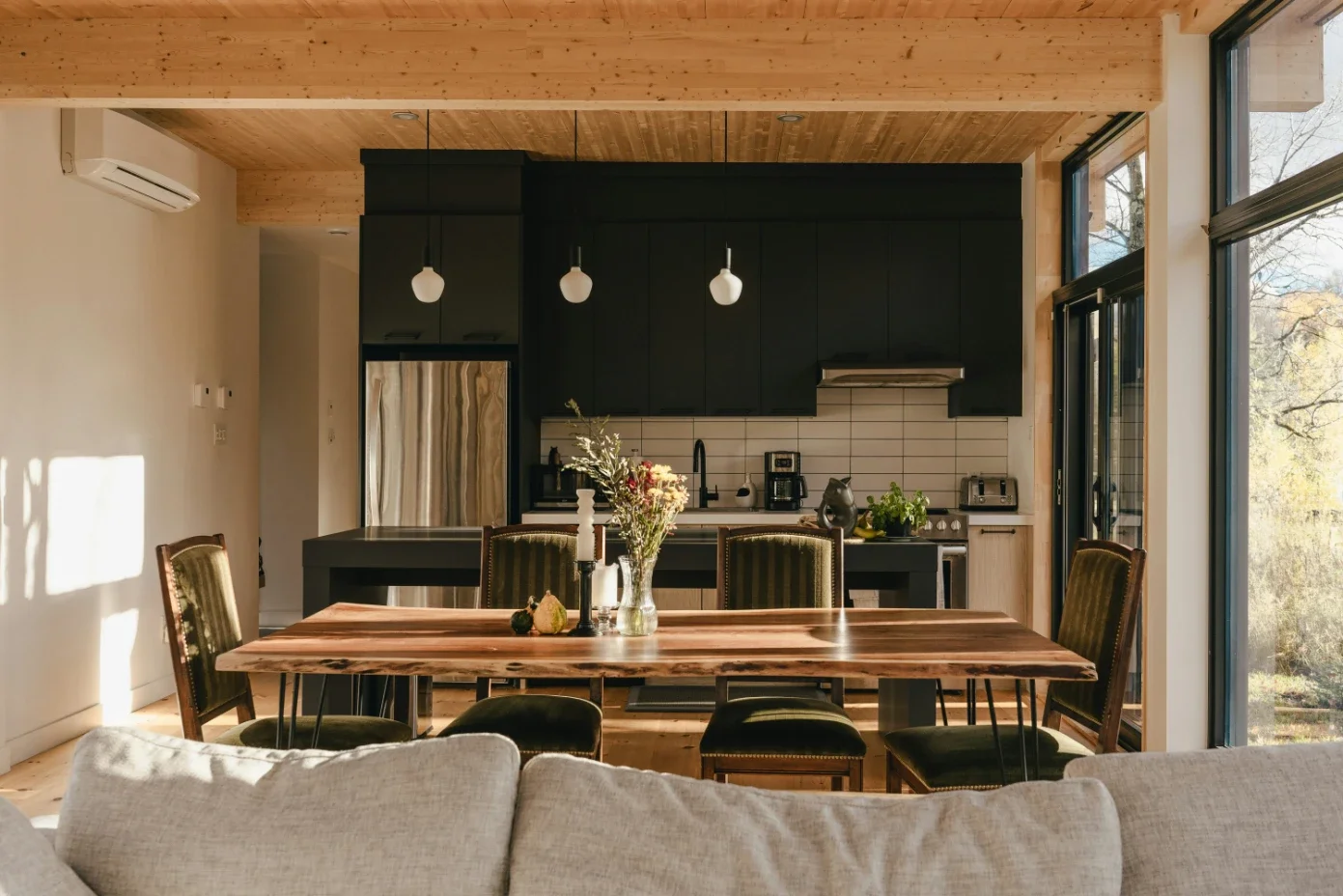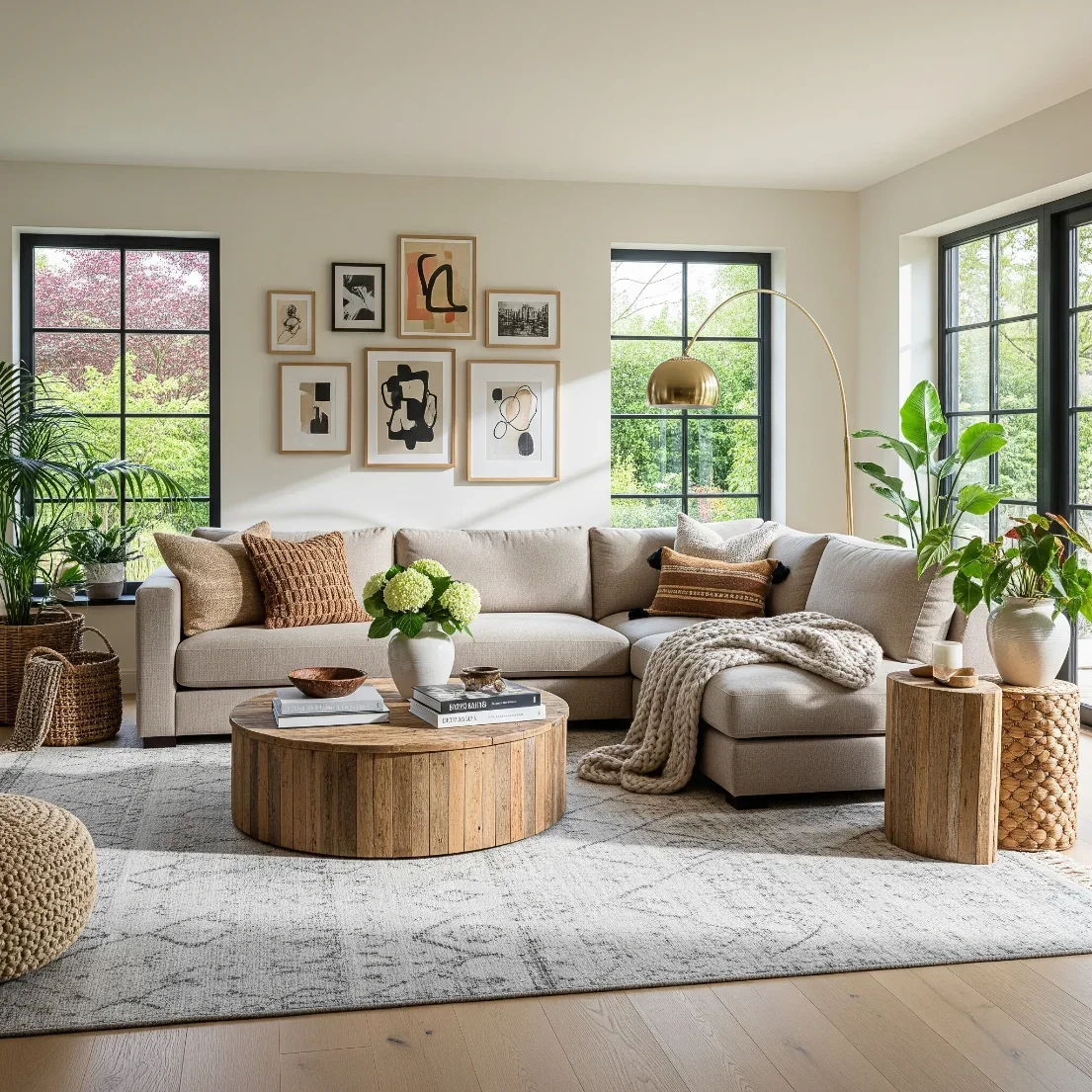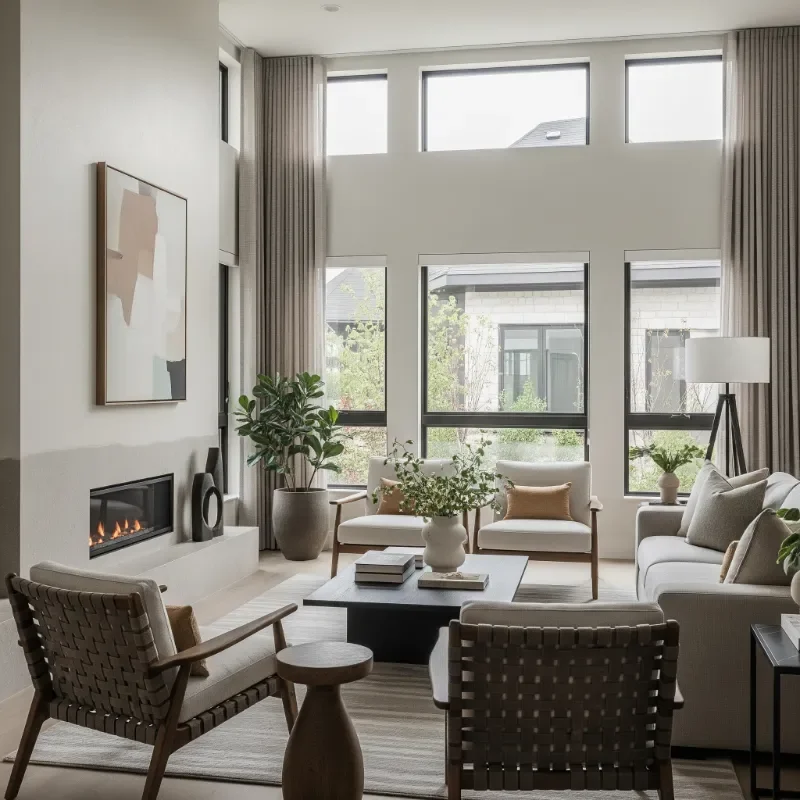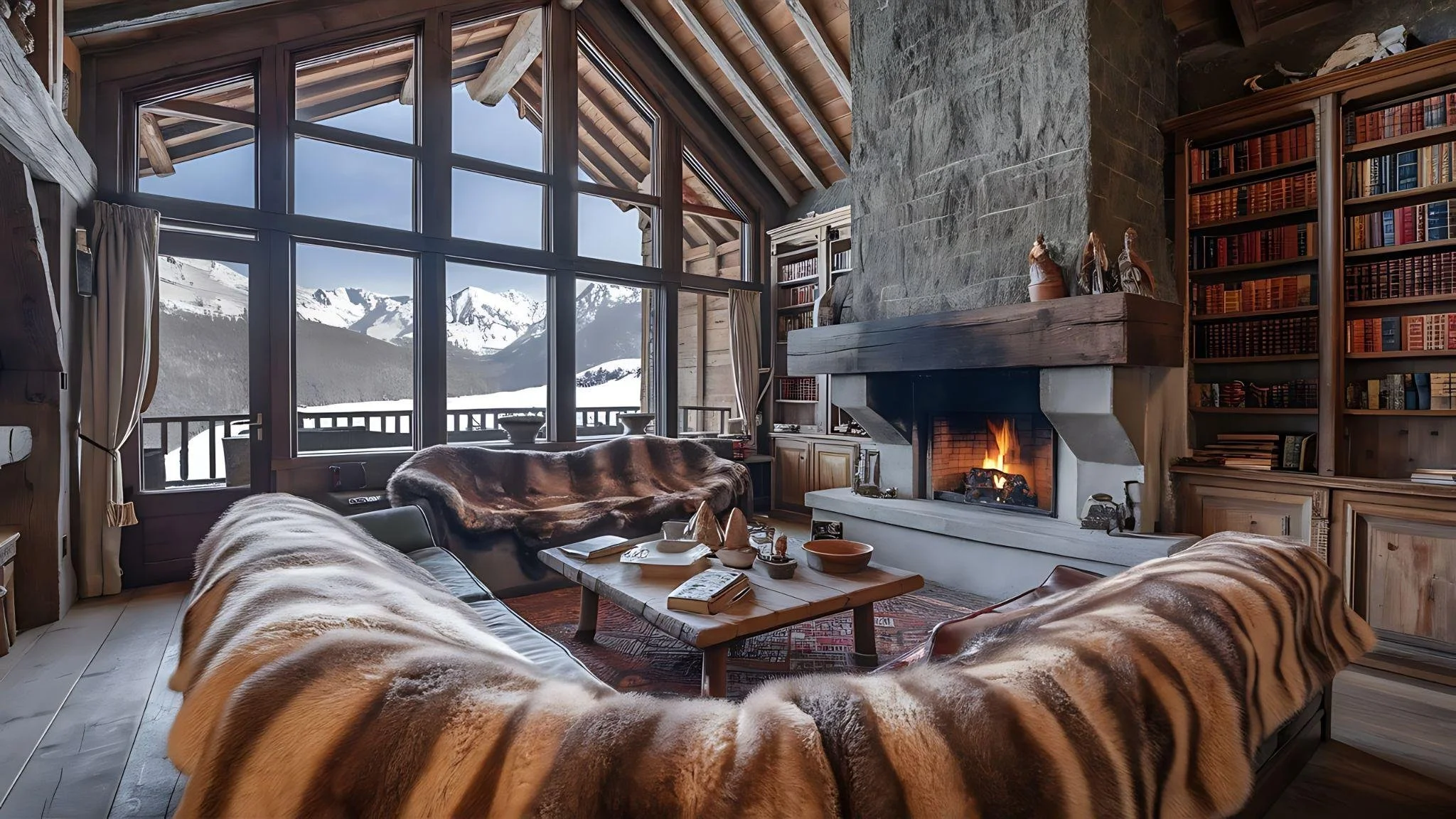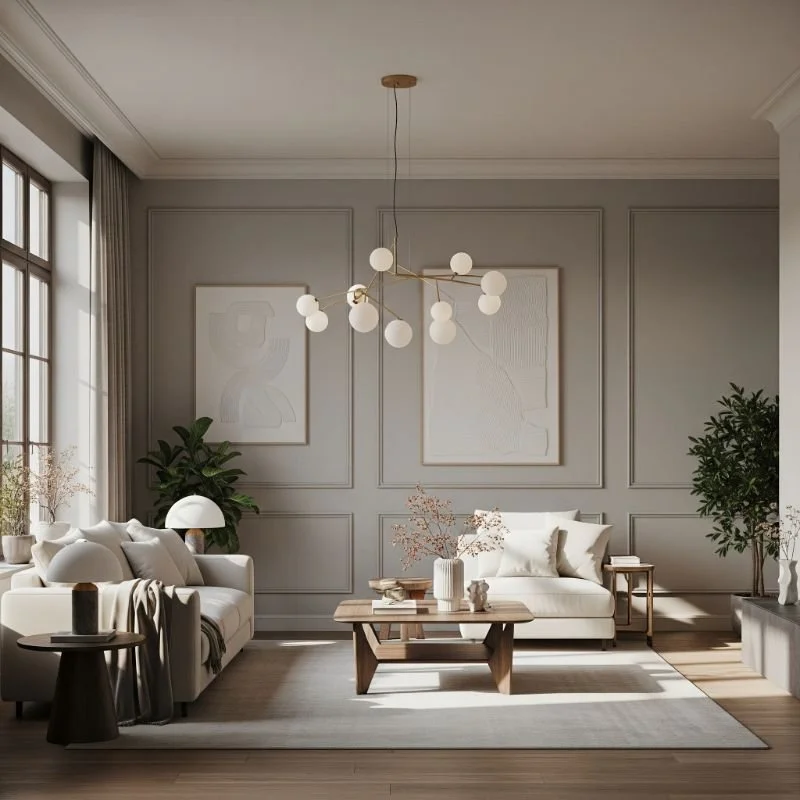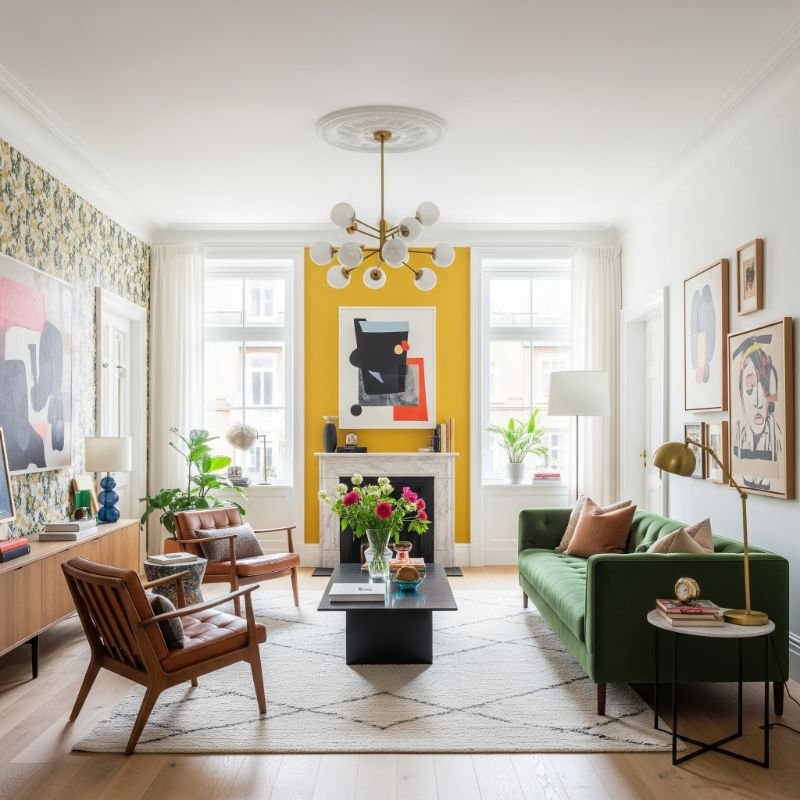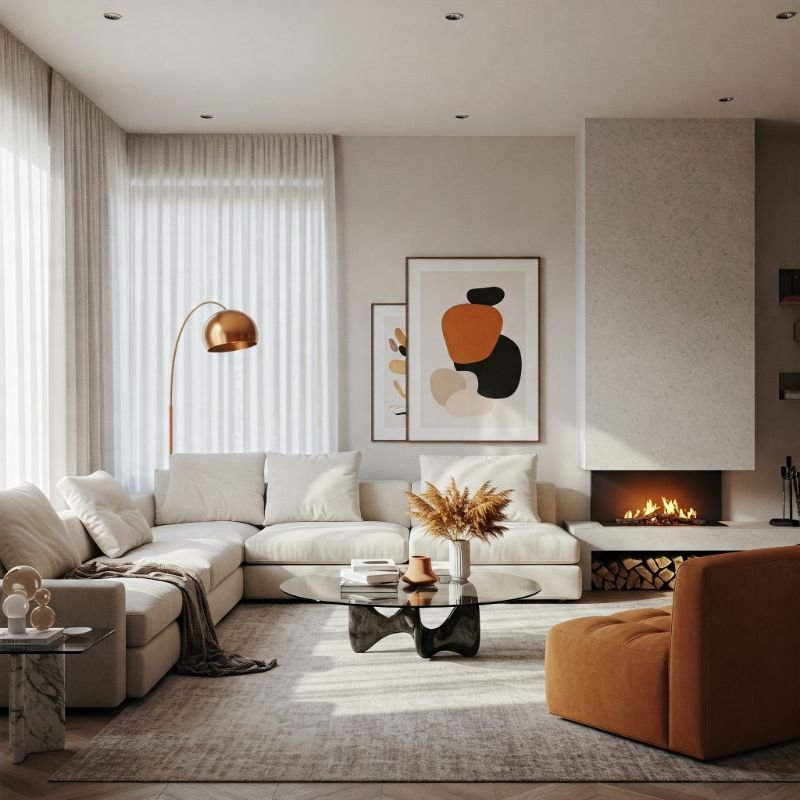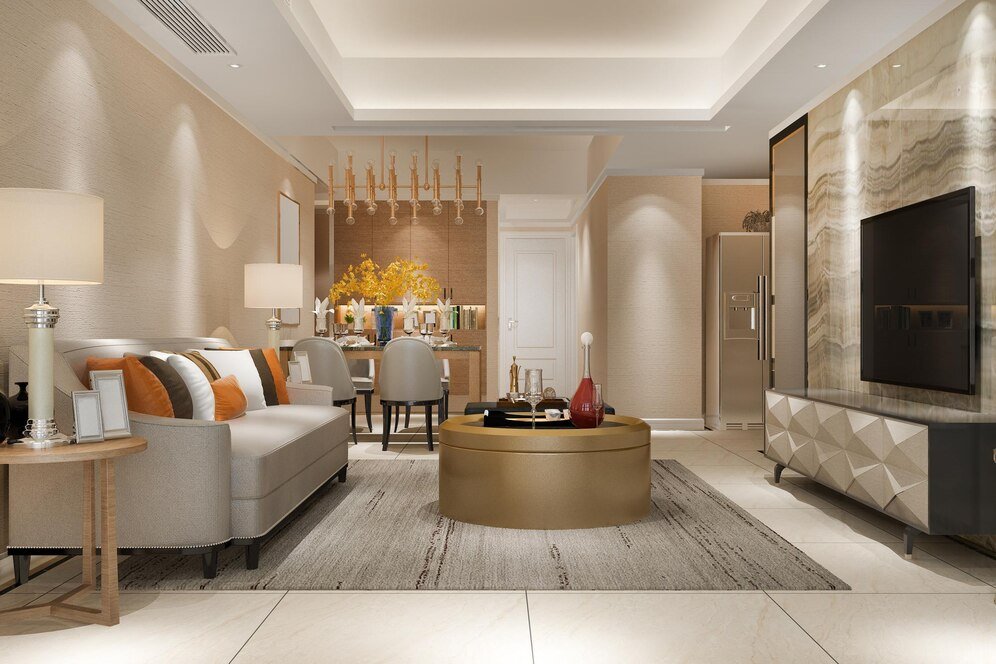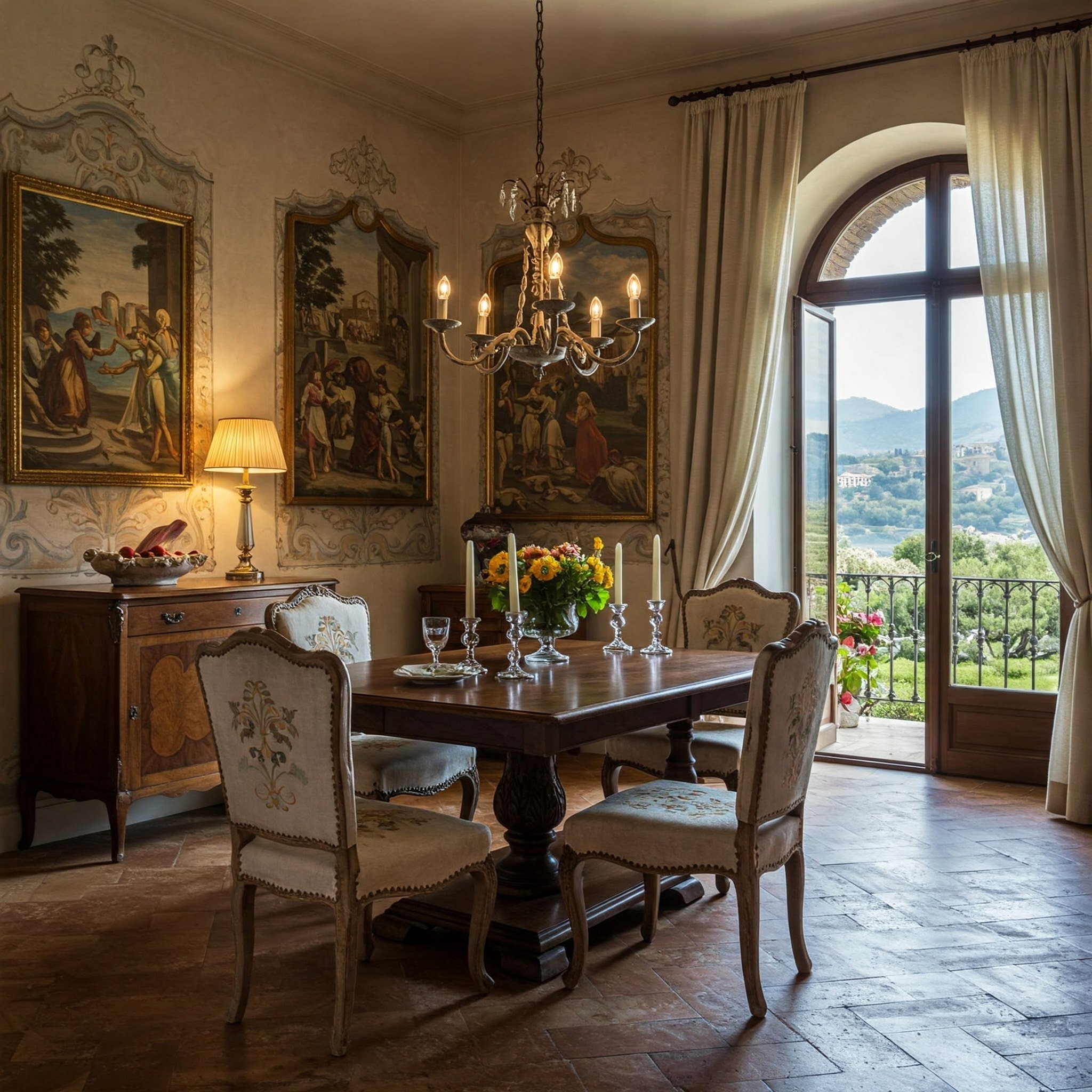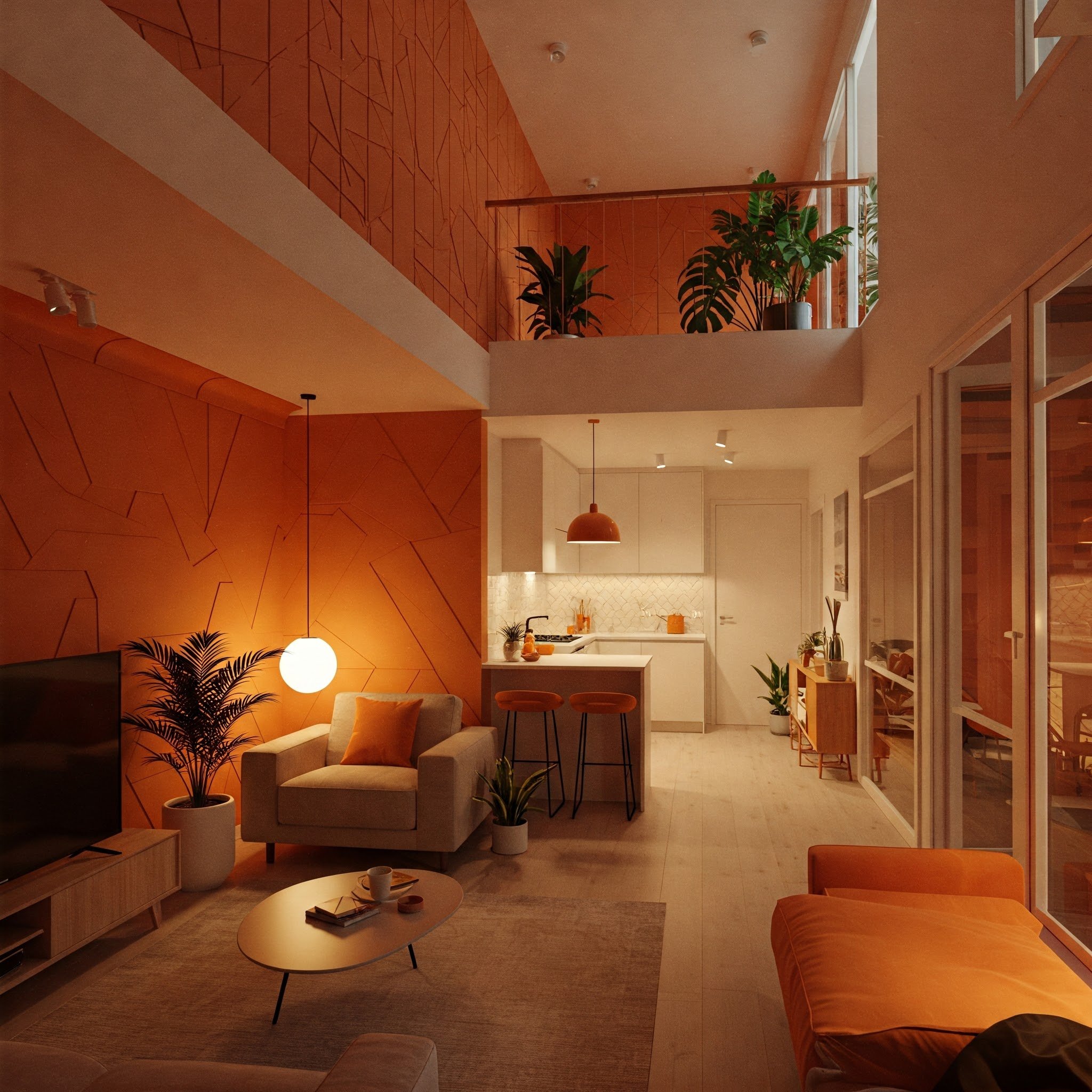Cultural Influences in Interior Design: Integrating Global Aesthetics into Personalized Home Décor
Explore how cultural influences shape interior design and learn how to integrate global aesthetics into your personalized home décor for a unique, stylish space.
Imagine walking into a home that feels like a personal world tour—each room brimming with stories from Marrakech markets, the serene simplicity of Japanese Zen gardens, and the vibrant colors of Mexican fiestas. Cultural influences are transforming modern interior design, making homes more than just living spaces—they're becoming canvases for personal expression through global aesthetics.
One of the emerging trends in integrating global aesthetics is through the meticulous choice of materials, colors, and even the ambiance created within the home. When considering these aspects, it's essential to remember that comfort should go hand-in-hand with style. For instance, a space inspired by a Moroccan marketplace's warm, earthy tones can be elevated by ensuring a comfortable climate. Here, Natal Air Conditioning comes into play, providing the ideal indoor climate that complements and preserves your carefully curated décor.
Understanding Cultural Influences in Interior Design
The Power of Cultural Stories
Each culture carries a rich narrative that profoundly impacts its design preferences. For instance, Scandinavian design is celebrated for its minimalism and functionality, often using light colors and simple lines to create a sense of calm and order. On the other hand, Moroccan interiors are all about bold patterns, vibrant colors, and intricate details, exuding warmth and exotic allure.
Key Elements from Global Aesthetics
Let's take a tour around the world of design. Japanese interiors focus on balance and harmony with nature, characterized by clean lines, natural materials, and a muted color palette. Mediterranean aesthetics, inspired by countries like Greece, Italy, and Spain, often feature warm earth tones, textured walls, and rustic furniture to evoke a relaxed, coastal vibe.
African influences bring earthy textures, rich patterns, and a solid connection to nature, often incorporating handcrafted pieces and tribal art. Meanwhile, Indian decor dazzles with its vibrant textiles, ornate carvings, and an abundance of color, creating spaces that are lively and full of character.
Blending Cultures Seamlessly
The beauty of integrating cultural influences lies in blending these diverse elements seamlessly. A Japanese-style futon can coexist harmoniously with a Moroccan rug or a Scandinavian dining set paired with Mediterranean pottery. The key is to maintain balance and cohesion while celebrating the uniqueness of each cultural element.
Practical Tips for Integrating Global Aesthetics
Research and Choose Wisely
Start by researching different cultures and their design philosophies. Identify elements that resonate with your style and reflect your personality. Pinterest boards, design blogs, and travel documentaries can be excellent sources of inspiration. Don't rush the process—take your time to explore and curate pieces that truly speak to you.
Incorporating Cultural Elements
Once you've chosen your cultural elements, consider how they can be incorporated into your decor. You don't need to overhaul your entire home; small touches can make a big difference. Consider adding a statement piece like a Moroccan lantern in your living room or using Japanese shoji screens to create a serene reading nook.
Mix and Match with Care
Mixing different cultural elements requires a careful approach to avoid a chaotic look. Stick to a cohesive color palette and balance bold patterns with neutral tones. For example, if you're incorporating vibrant Indian textiles, pair them with simple, understated furniture to keep the focus on the intricate designs.
The Future of Cultural Integration in Interior Design
Evolving Landscape
The interior design landscape constantly evolves, with cultural integration playing an increasingly significant role. Designers and homeowners alike recognize the value of diverse aesthetics, leading to more eclectic and personalized spaces. This trend isn't just about aesthetics; it's about fostering a deeper understanding and appreciation of different cultures.
Predictions for Future Trends
Looking ahead, we can expect to see even more innovative ways of integrating global influences. The rise of technology and social media allows us to connect with cultures from around the world, making it easier to discover and incorporate unique design elements. Sustainable and ethically sourced decor will also become more prevalent, reflecting a growing environmental and social responsibility awareness.
Unconventional Accents from Unexpected Places
Incorporating unconventional accents from unexpected places can bring a fresh and unique perspective to interior design. These elements can range from using traditional handicrafts from indigenous communities to incorporating modern art from emergent talents across the globe. For instance, consider revitalizing a space with vibrant textiles from the Peruvian Andes, which boast rich colors and intricate patterns inspired by local landscapes and ancestral traditions. You can also try including contemporary pieces from young African artists that can inject a modern, dynamic flair while supporting global artistic communities.
A balanced approach is crucial when incorporating these distinctive elements, ensuring each design piece complements rather than overwhelms the existing decor. Designers often recommend starting small, perhaps by featuring a handcrafted vase or a uniquely patterned rug, and gradually building upon these focal points. This method creates a harmonious space that tells a story while avoiding visual clutter.
Moreover, sourcing these unconventional decor items can serve as an opportunity to nurture ties with artisans and support ethical craftsmanship. Many designers and homeowners seek partnerships with fair-trade cooperatives and artists who prioritize sustainable materials and traditional techniques. This not only enriches the aesthetic experience of a space but also contributes to the preservation of cultural heritage and the empowerment of communities around the globe.
Stay up to date with our latest ideas!
Exclusive deals just for our readers! Click below to unlock special offers and elevate your shopping experience!

